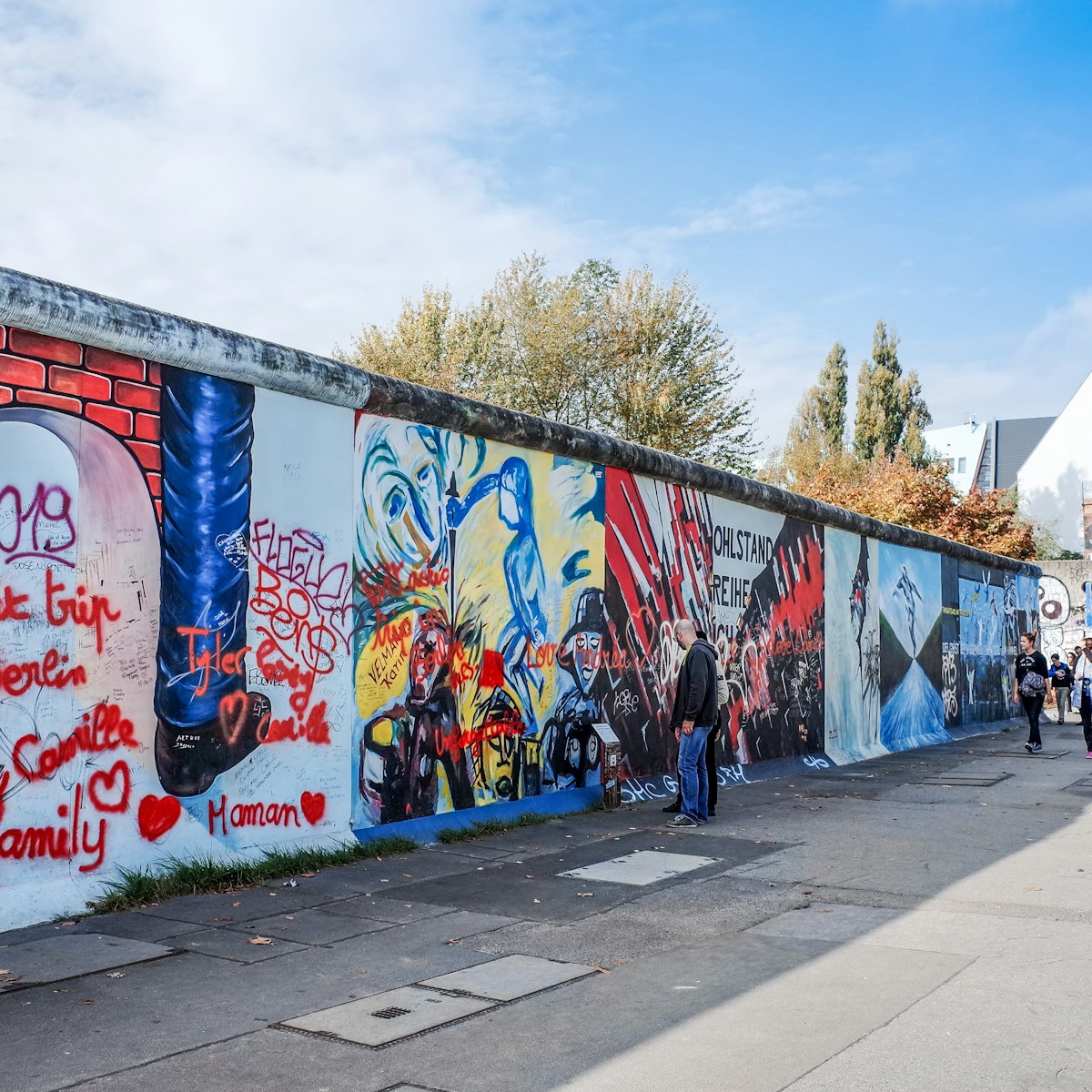On 8 May 1945, the madness of six years of WWII in Europe ended with the unconditional surrender of the Wehrmacht (armed forces of Nazi Germany) in this building, which was then the headquarters of the Soviet army and today houses a memorial exhibit that charts this fateful day and the events leading up to it from both the Russian and German perspectives.
Documents, photographs, uniforms and knick-knacks illustrate such topics as the Hitler-Stalin Pact, the daily grind of life as a WWII Soviet soldier and the fate of Soviet civilians during wartime. You can stand in the great hall where the surrender was signed and see the office of Marshal Zhukov, the first Soviet supreme commander after WWII when the building was the seat of the Soviet Military Administration. Outside is a battery of Soviet weapons, including a Howitzer canon and the devastating Katjuscha multiple rocket launcher, also known as the ‘Stalin organ’.
The museum is a 10- to 15-minute walk from the S-Bahn station; take the Treskowallee exit, then turn right onto Rheinsteinstrasse.







